- Home
- Products
- Phenotypic Data Packages
- Comprehensive Phenotypic Data Packages
- Immunology: Lipopolysaccharide (LPS) Challenge | Phenotypic Data Packages
Immunology:
Lipopolysaccharide (LPS) Challenge
The LPS assay evaluates the animal's ability to respond to an inflammatory stimulus by mounting an acute phase response. The acute phase response is characterized by a dramatic increase in the production of a group of proteins by the liver. Bacterial LPS is an endotoxin, a potent inducer of the acute phase response and systemic inflammation. This response is induced by the production of TNFα, IL-1β, and IL-6 from activated monocytes and neutrophils in response to inflammatory stimuli. Evaluation of the three pro-inflammatory cytokines, TNFα, IL-1β, and IL-6, is the current standard method for in vivo evaluation of the ability of the immune system to mount an innate inflammatory immune response.
Mice are injected intraperitoneally with a sub-lethal dose of LPS in 200 µL sterile saline using a 26 gauge needle. The dose is based on the average weight of the mice tested at 1 µg/g body weight. Three hours after injection, a 100 µl blood sample is taken. Blood samples are analyzed for the presence of TNFα, MCP-1, and IL-6 by binding to antigen specific fluorescently labeled beads and analyzed using flow cytometry.on the FACSCalibur System (BDBiosciences, San Jose, CA). In this assay, CD14 (LPS receptor) knockout mice produce greatly reduced levels of serum TNFα and IL-6 (Haziot et al., 1996).
Displayed below is a sample graph of how LPS Challenge responses are presented. In comprehensive phenotypic data packages graphs are interactive. Raw or calculated data and statistics can be seen by clicking on points in the graph.

Figure illustrates LPS-induced levels of cytokines: IL-12p70 (top left), TNF-α (top right), IFNg (middle left), MCP-1 (middle right), IL-10 (bottom left), and IL-6 (bottom right) for mutant mice. Cytokine values for wild type littermates (green circle), homozygous mice (red diamond), and recent historical wild types (purple line) are plotted against long-term historical values (± 2 standard deviations) for wild type animals (green shading). Recent wild type values are calculated from data collected within 60 days of current measures and long-term historical values are derived from data collected on more than 10,000 wild type mice.
Reference
Haziot A, Ferrero E, Kontgen F, Hijiya N, Yamamoto S, Silver J, Stewart CL, Goyert SM. (1996) Resistance to endotoxin shock and related dissemination of gram-negative bacteria in CD14-deficient mice, Immunity 4:407-414.


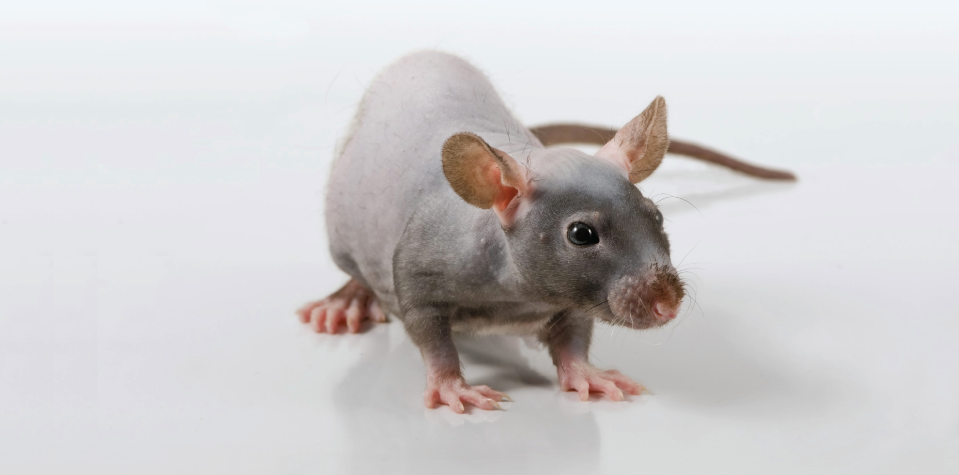
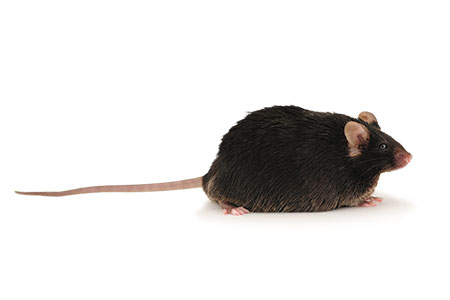
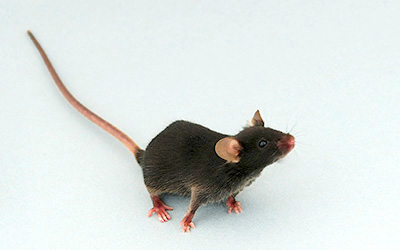
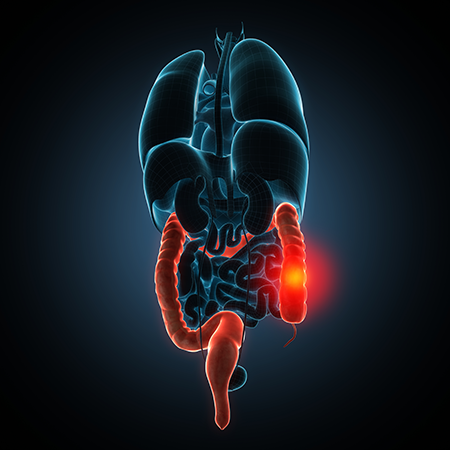




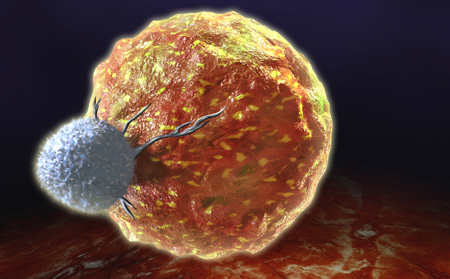

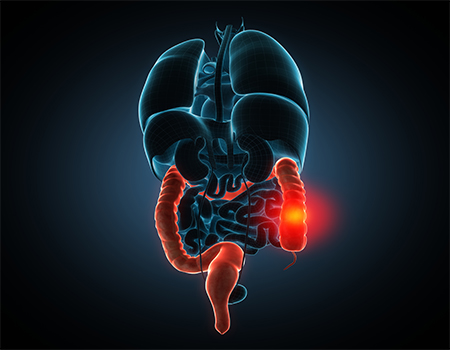
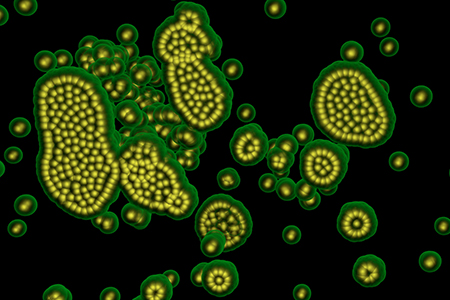

.jpg)

.jpg)
.jpg)
.jpg)
.jpg)




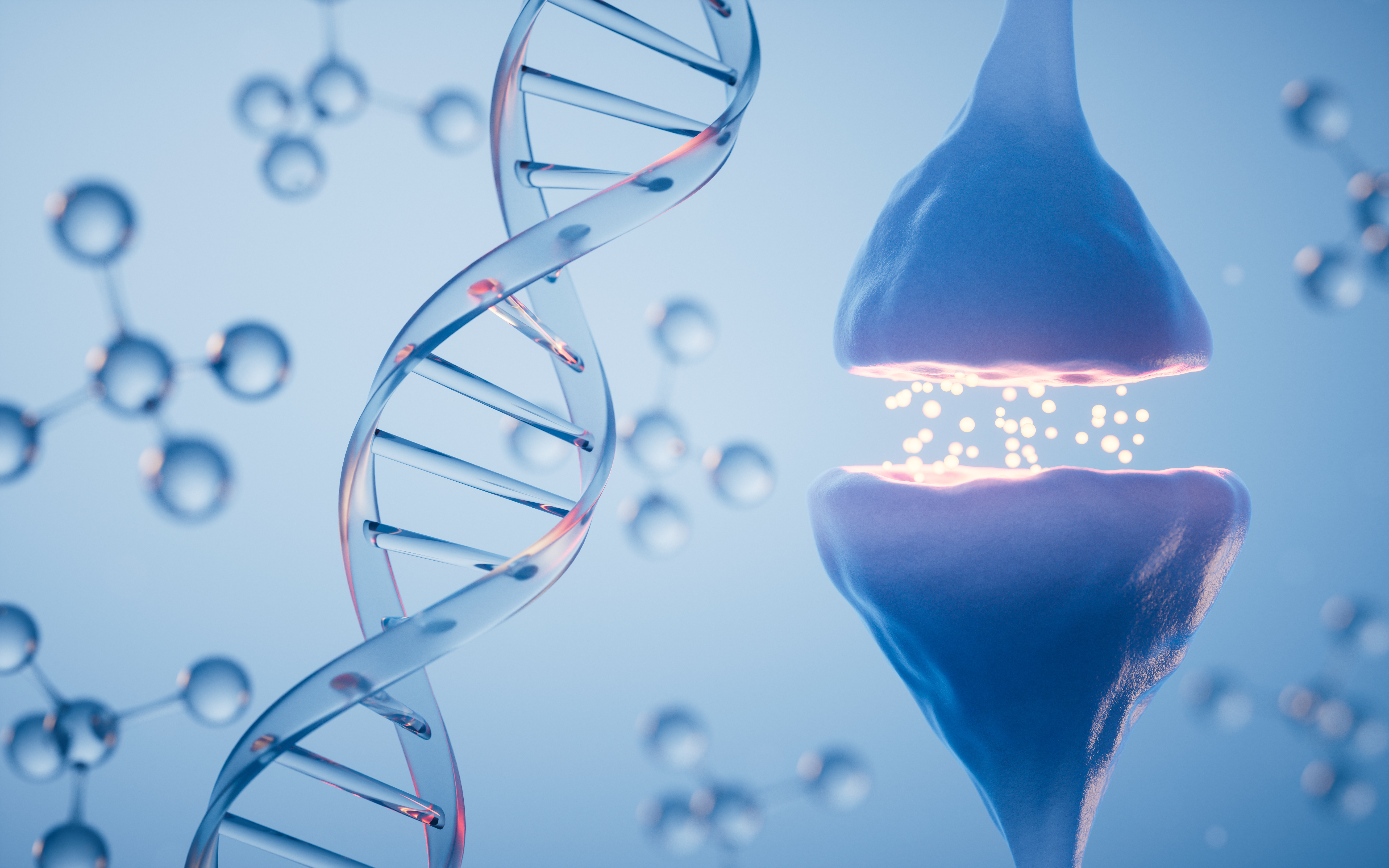
.jpg)


.jpg)
.jpg)

.jpg)


.jpg)





.jpg)

.jpg)


